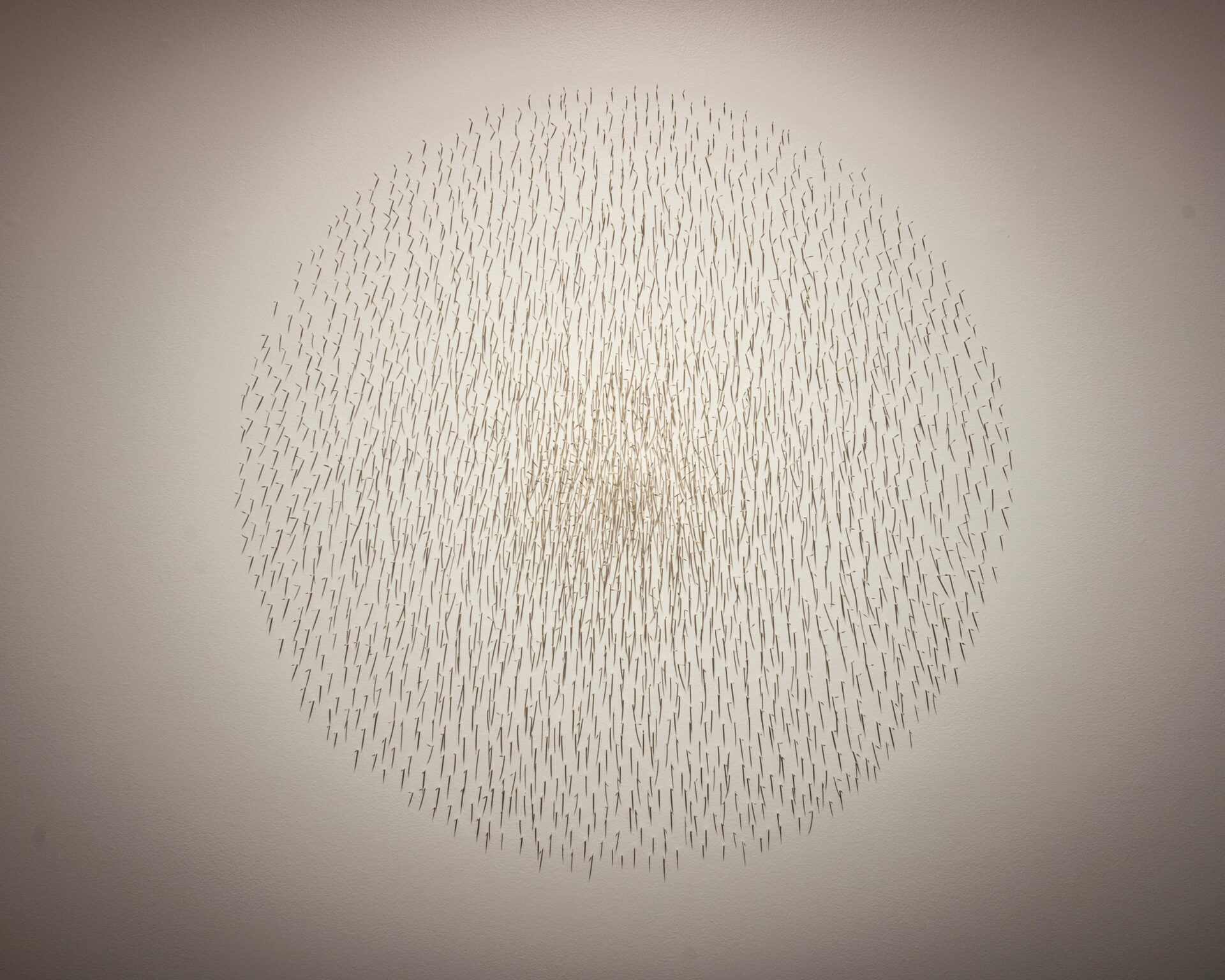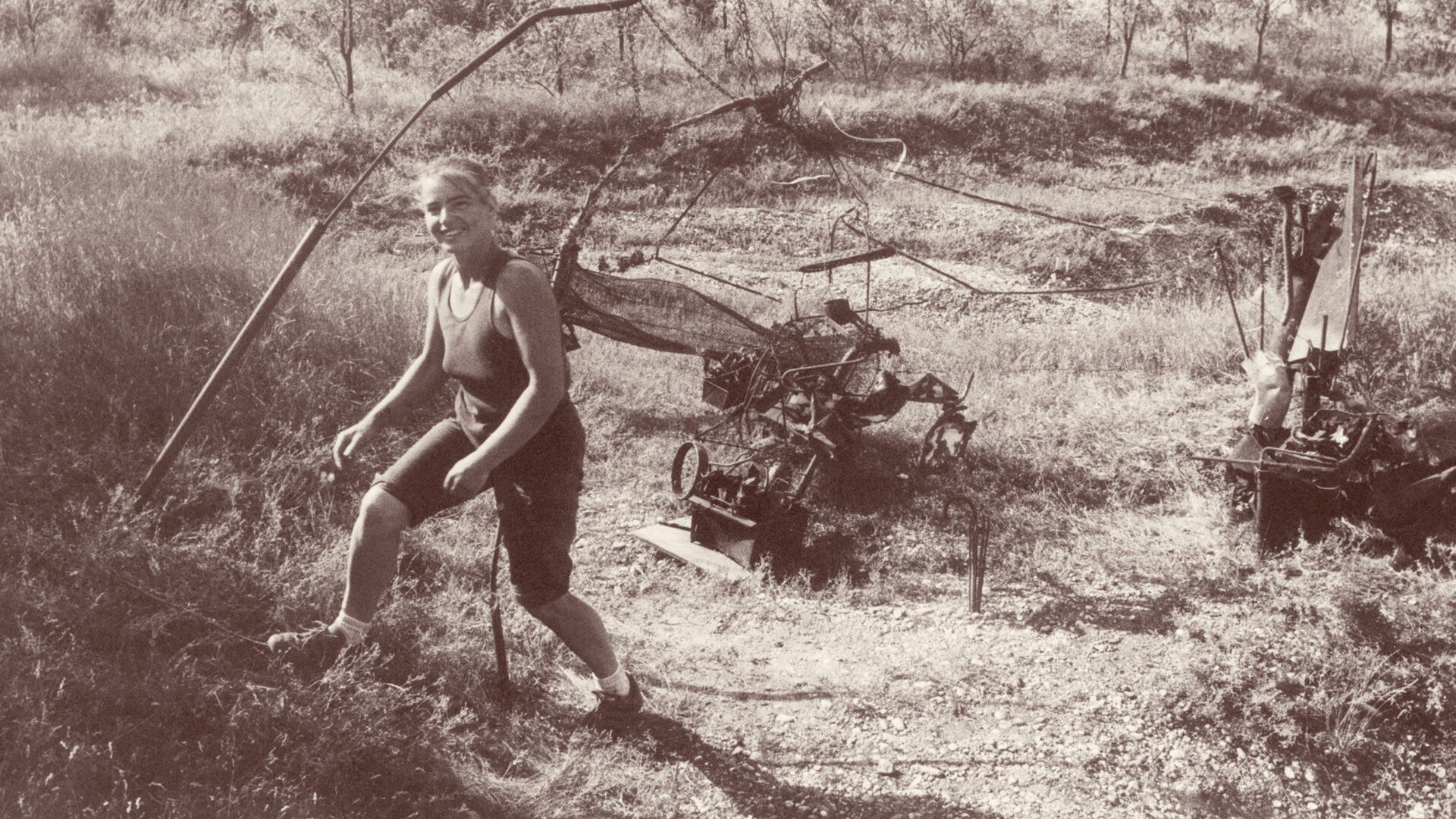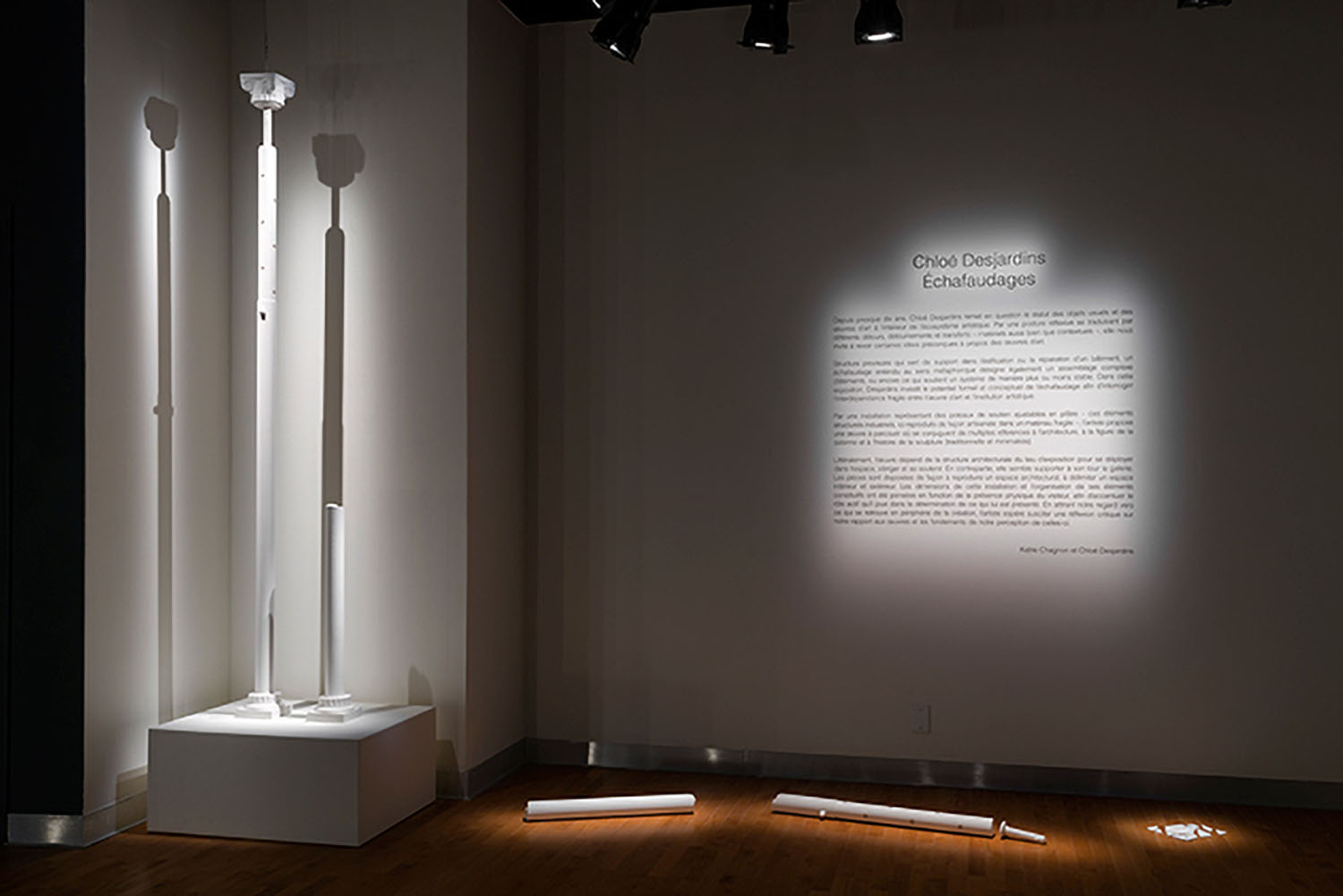Hannah Claus
earth. sea. sky. constellations for my relations
Montréal, February 15 — March 17, 2018

chant pour l'eau, 2014, installation view, Montréal, arts interculturels, 2018.
Photo : Paul Litherland, courtesy of the artist
Montréal, February 15 — March 17, 2018

ugstaqamuit [nous venons d’ici /être né] , 2013.
Photo : Paul Litherland, courtesy of the artist
[En anglais]
Contemporary art is often preoccupied with relations — between artists, theoretical frameworks, ideologies, political positions, marginalized communities, historical precedents, and so forth. At the same time, it also has a tendency to rob them of their dynamism. This theft takes many forms. In some instances, the complex web of sociocultural interactions structuring our lives is reduced to a titillating set of oppositions. In others, the crisp demarcations of difference are dissolved into the greyness of relativism. In general, however, relationality is understood within the framework of art as a Western, European institution, whose power structures rely upon a logic of conflict and exclusion. In this context, Indigenous art is often portrayed as a broken relationship with the settler-colonial nation-state or a stereotypical vision of kinship involving romantic, settler notions of ancestry and animism.
Hannah Claus’s recent exhibition earth. sea. sky. constellations for my relations tackles the question of relationality in contemporary art from a Haudenosaunee perspective. In so doing, it simultaneously critiques Western relations predicated on social hierarchies that serve means–ends rationality and foregrounds a Kanien’kehá:ka worldview in which the living and non-living are profoundly interconnected. Although the exhibition features a selection of relatively recent works — including the impressive ugstakamuid (2013), in which hundreds of porcupine quills are meticulously inserted into the gallery wall — at its heart lies the remarkable installation chant pour l’eau (2014), an elegant, ethereal veil of acetate discs suspended in the shape of a sound wave derived from the Water Song of the Listuguj Mi’kmaq. Each adorned with a photographic image of the river waters that traverse the traditional Mi’kmaq territory of Gespegeog, the discs form a weightless congregation that evokes both shimmering water and a murmuration of birds. At once fluid and cloud-like, this pattern joins water, voice, air, and song in a constellation that underscores the union of sea and sky that is intrinsic to the practice of kahion:ni (wampum belts) — living treaties and historical records traditionally made by stringing together shell beads. At the same time, its presentation in Tiohtià:ke (Montréal) evokes the Kaswentha, or Two Row Wampum Treaty (1613), a historical record sealing an accord between the Haudenosaunee and early Dutch settlers. At once a metaphor and a binding agreement, the Kaswentha tells the story of two separate peoples who agree to travel side by side down the river of life without interfering with each other’s vessels. Claus’s installation thus reads simultaneously as a celebration of the traditional culture and political power of Eastern Woodlands Indigenous peoples — in Kanien’kéha the word kahion:ni means “river made by hand” — and a meditation on two, seemingly irreconcilable relational paradigms: one rooted in competition and conflict and the other in agreement and mutual respect. Between these two extremes lies the complex political terrain known as decolonization. It is a fraught terrain that Claus navigates with a poignant subtlety, one that honours a worldview rooted in balance and harmony, as well as the politics of the present moment, which continues to be governed by conflict.
Créez-vous un compte gratuit ou connectez-vous pour lire la rubrique complète !
Mon Compte



